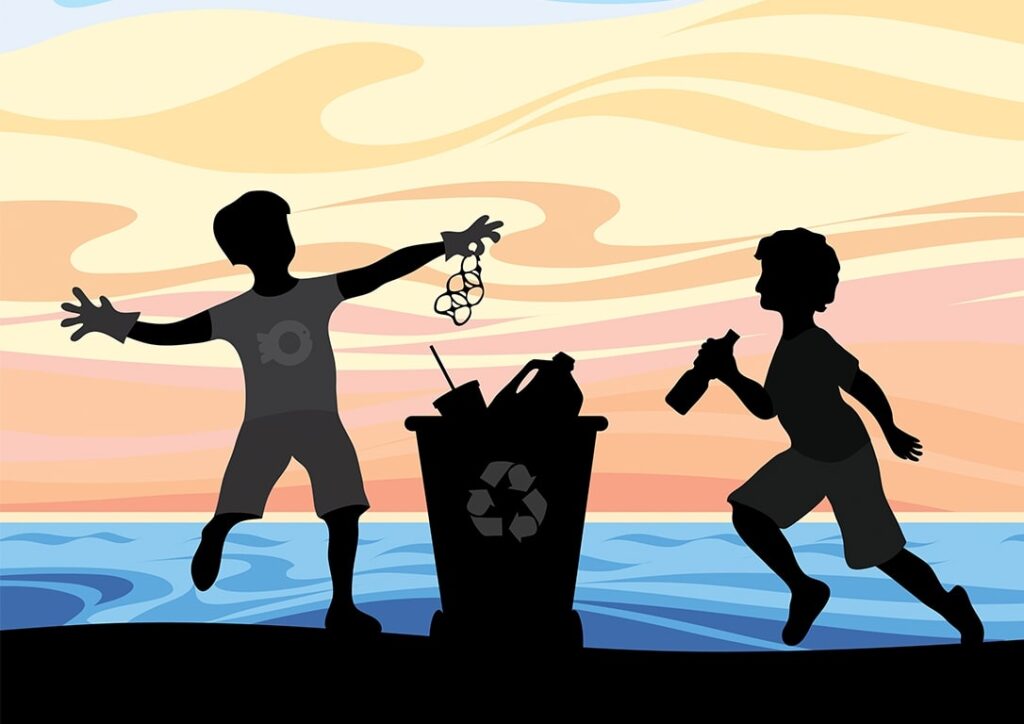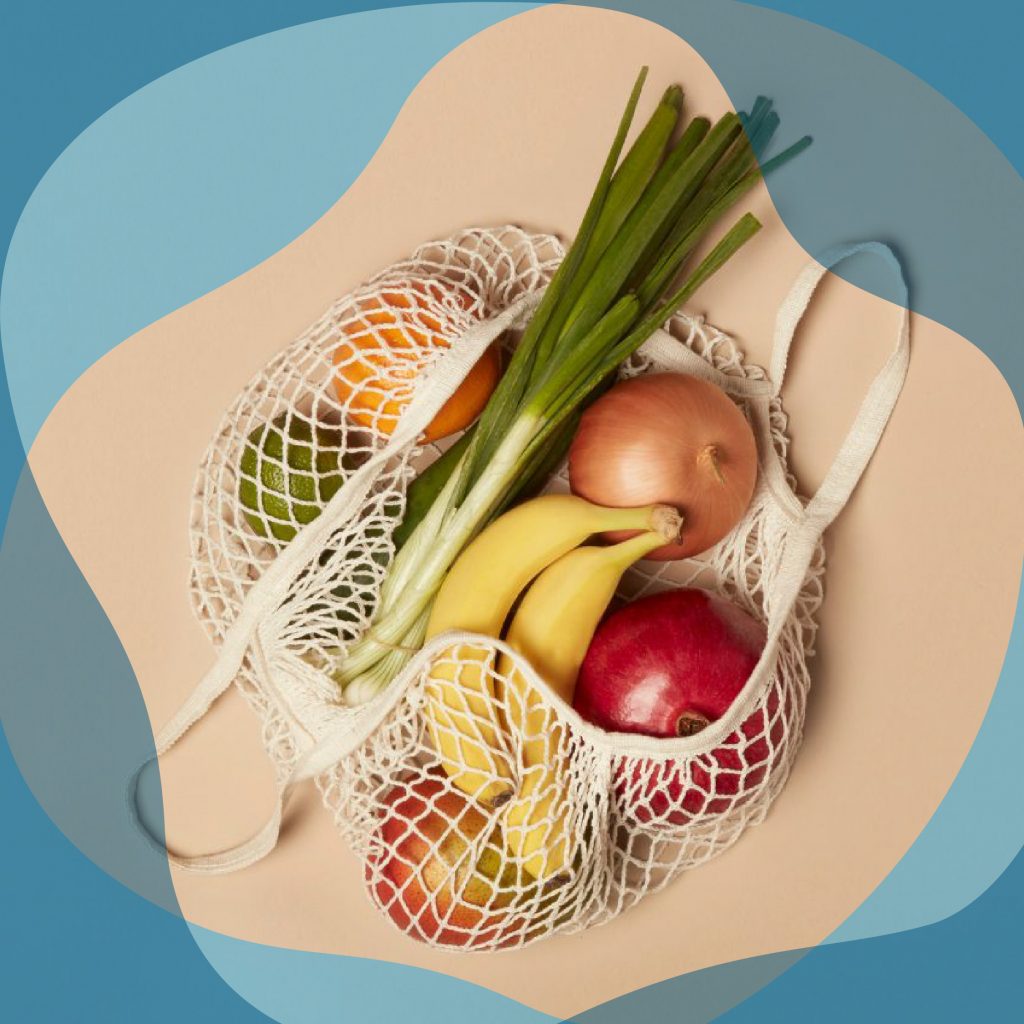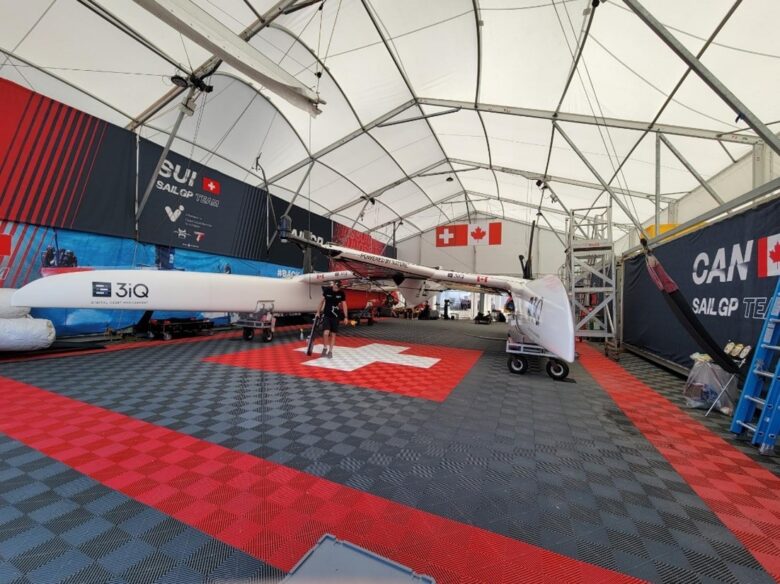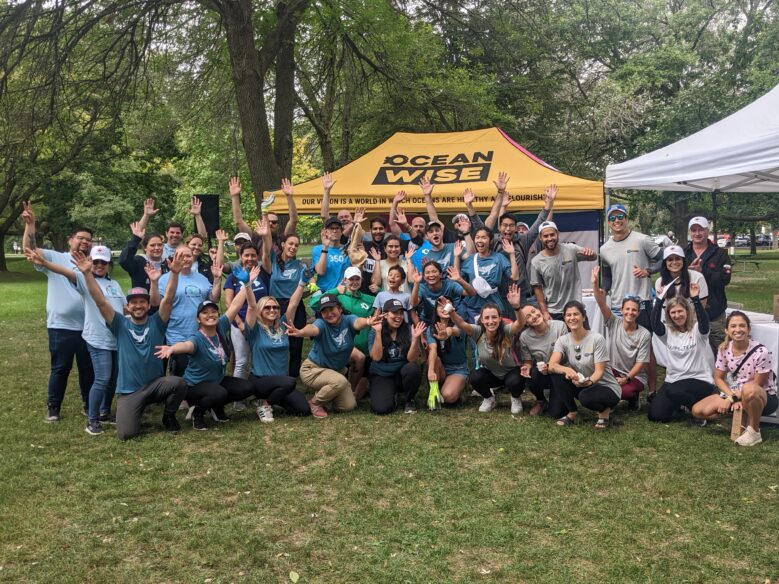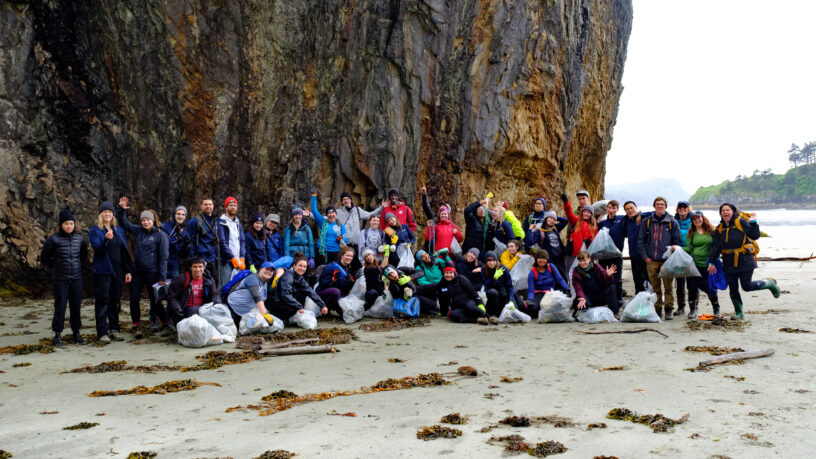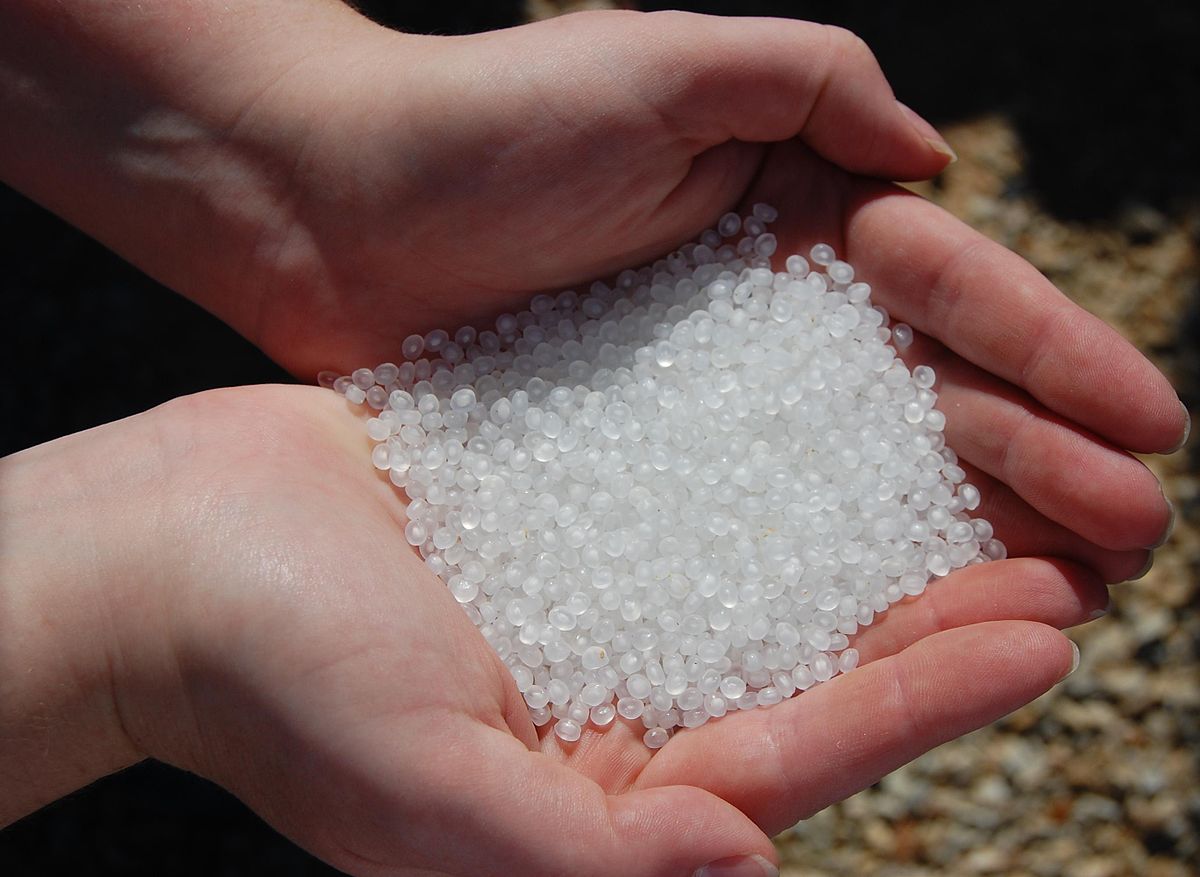
Shoreline Spotlight: One Man vs. the Microplastics
Today is the 10-year anniversary of a cargo-train derailment near Chuck Hutterli’s town of Mountain Bay, Ontario. Those rail cars contained nurdles — small beads of virgin plastic, about the size of a lentil, that are melted into new plastic products. Billions of microplastics spilled into Lake Superior that day and Chuck has been fighting to reclaim his shoreline ever since. “I knew this would be an ongoing issue,” he says, “but I never thought that ten years forward it would still be a problem.”
In his own words, Chuck talks about the last decade he’s spent separating plastic nurdles from sand.
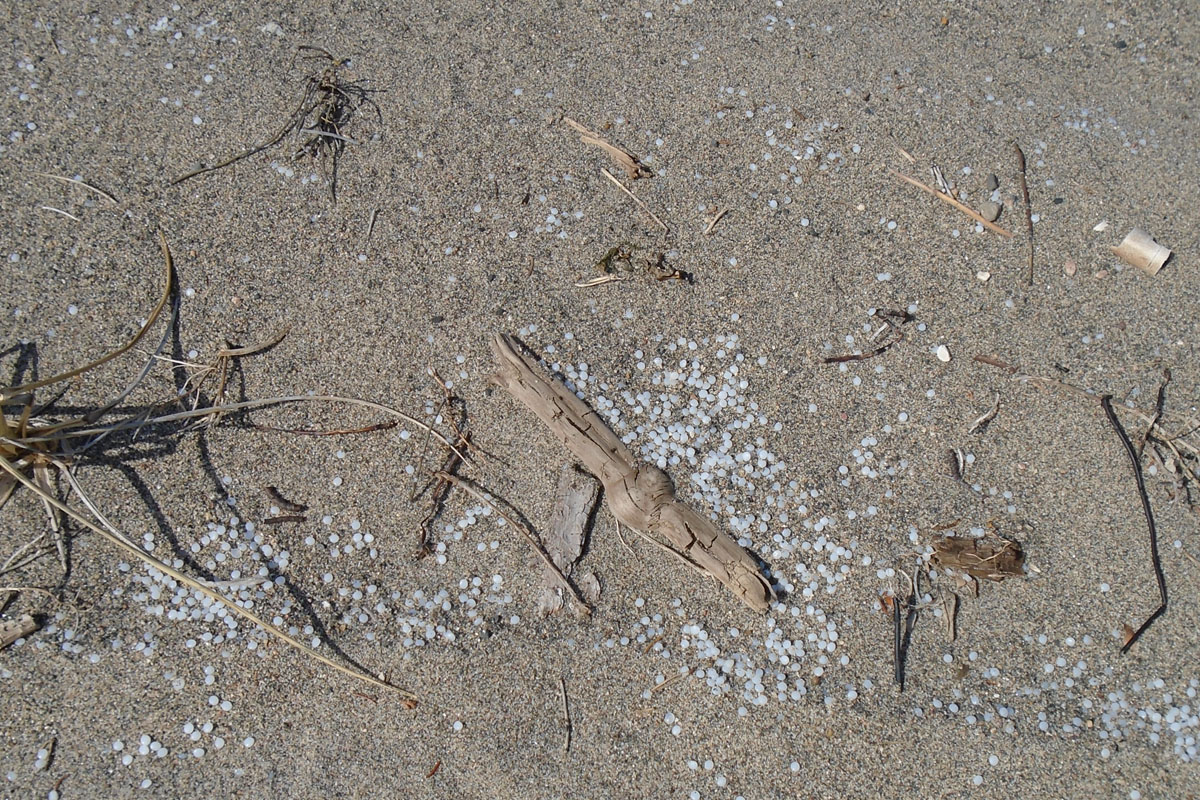
Mountain Bay is a remote shoreline located on the north shores of Lake Superior, east of Nipigon. The coastline of the bay is quite rocky, but it has a unique one-kilometre half-crescent sand beach. Flora and fauna fill this beach, like juniper berry shrubs, brook trout, and Tiger Beetle.
I have lived in the area for 17 years and I see the lake every day. Even before moving here, and before the lakeshore cottages were built, I often visited in the 1990s and can remember the pristine shoreline.
All of this changed on January 21, 2008 when a nearby train derailed and three of the cars loaded with nurdles spilled their contents into the water. One rail car alone can carry an estimated 4.4 billion plastic pellets.
By spring that year, the beach looked like a snowstorm had hit, when in reality it was tens of thousands of nurdles littered across the shoreline.
For more than 10 years, I had done beach cleanups with the International Coastal Cleanup and I officially joined the Great Canadian Shoreline Cleanup in 2016. Over the past few years, my solo cleanups have grown into communal efforts. Parks Canada staff, community members, and students from Lakehead University have all joined me. The extra hands made for fantastic event. Two students handpicked nurdles for two hours and counted 2,058 plastic pellets.
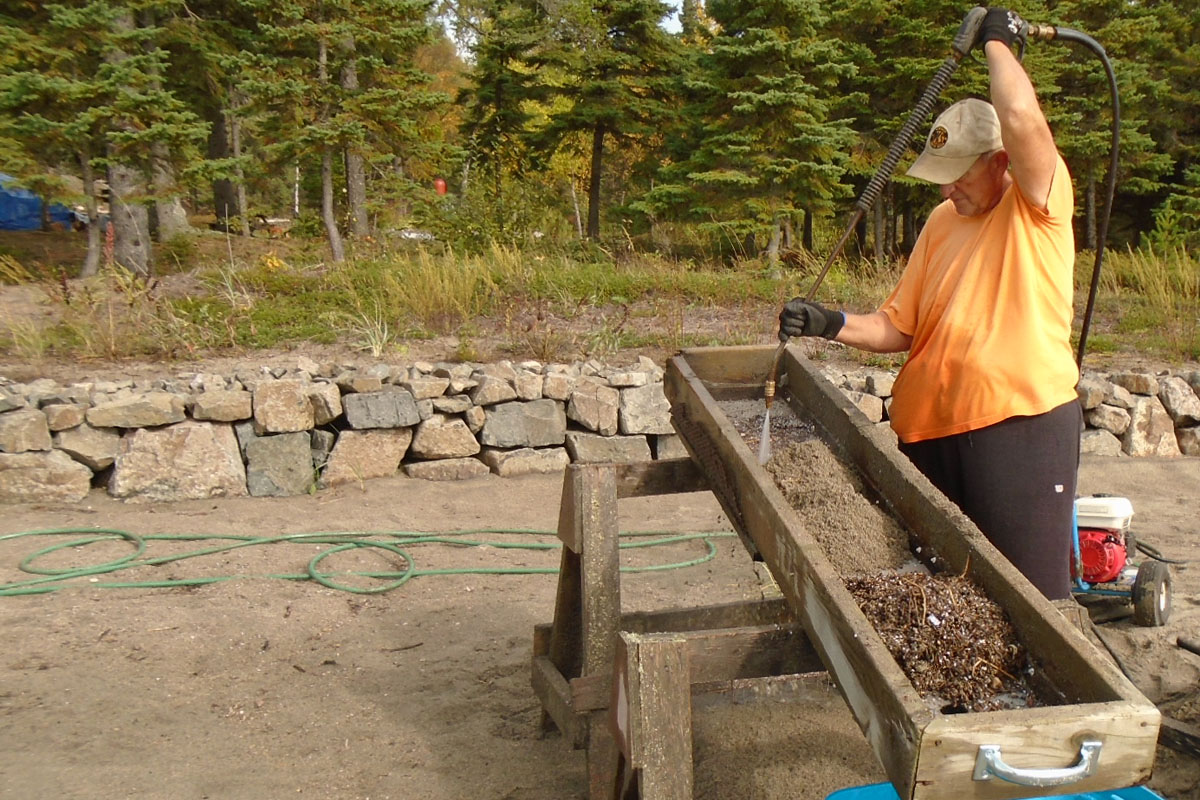
Sorting nurdles from the sand isn’t easy work, so I’ve gotten creative with the tools I use. I started by using my wife’s kitchen sifter, but then I moved on to building my own. The first tool I made was an aluminum shovel with the centre cut out and covered by a mesh screen. Last year I created an even larger sifter built from a four-foot wooden frame box with a mesh centre. My process involves shoveling the sand, with nurdles and other debris, onto the mesh, and then using water pressure (2000 pounds per square inch) to separate out the litter.
Cleaning up these plastic nurdles has changed my everyday interactions with plastics. I am trying to reduce my personal plastic consumption, and I write letters to the local paper to encourage people to reduce their use of single-use plastics. Ten years since that train derailment I keep on with my efforts, because I remember my favourite shoreline as it once was: pristine.
The Great Canadian Shoreline Cleanup, presented by Loblaw Companies Limited, is one of the largest direct action conservation programs in Canada. A conservation initiative of Ocean Wise and WWF-Canada, the Shoreline Cleanup aims to promote understanding of shoreline litter issues by engaging Canadians to rehabilitate shoreline areas through cleanups. Find out more at www.shorelinecleanup.ca.
Posted January 21, 2018 by Ocean Wise

